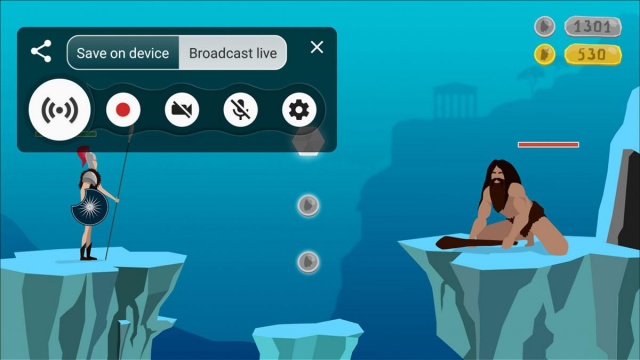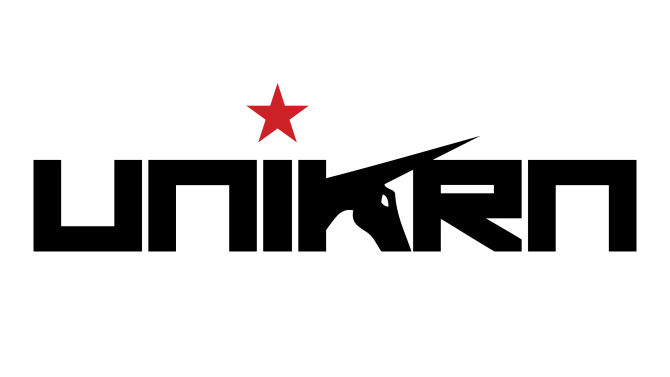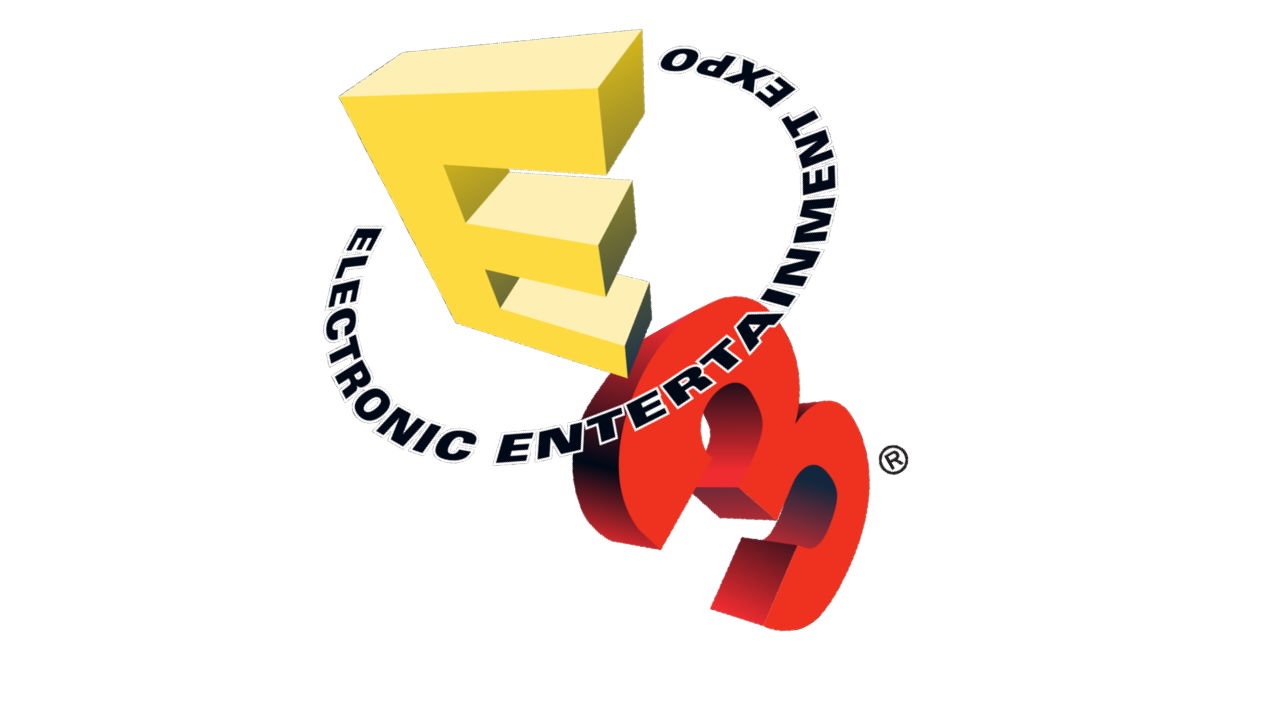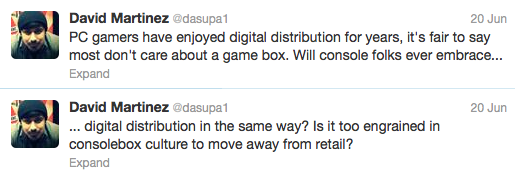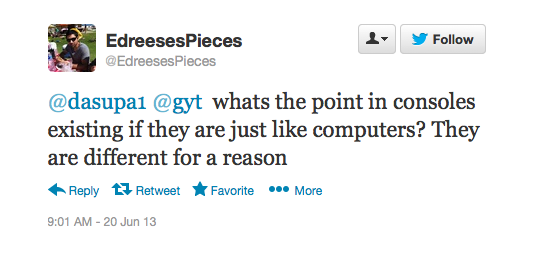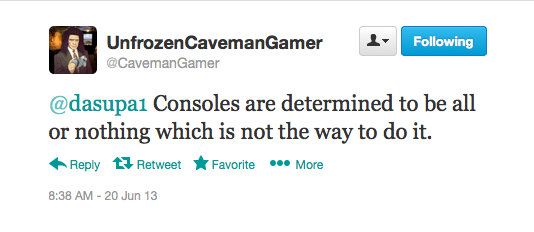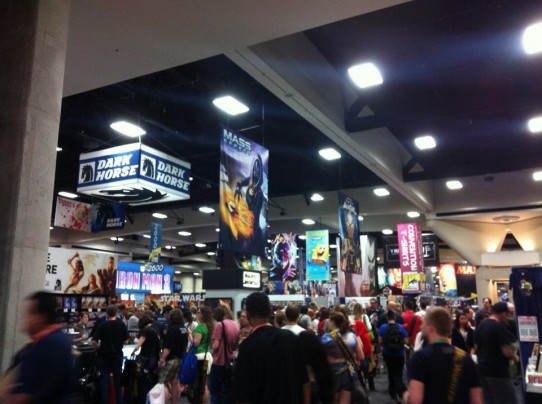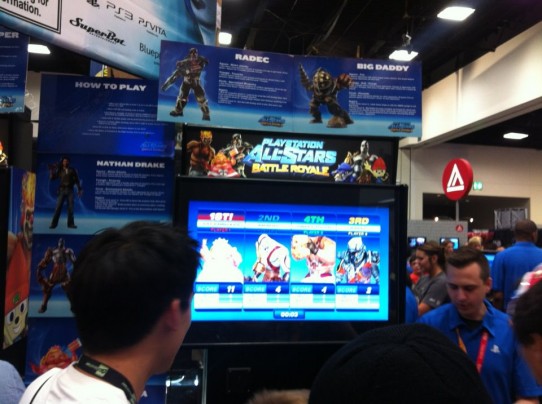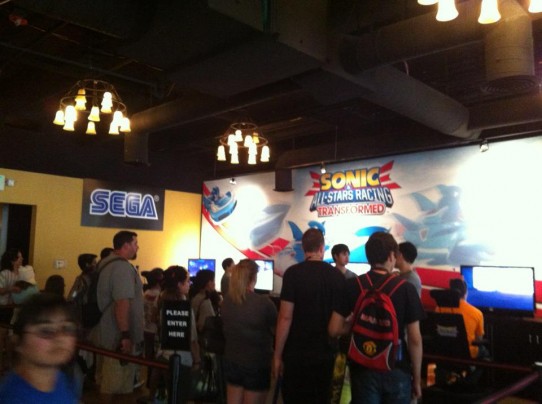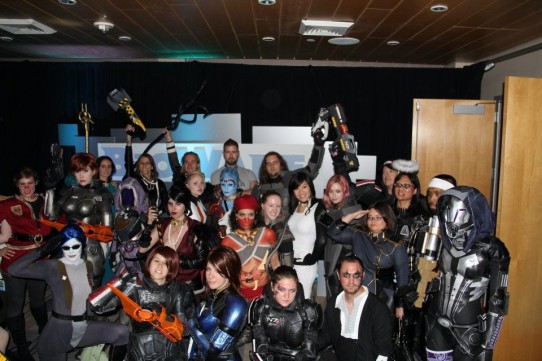
I had the privilege of moderating a panel at this year’s Mobile Gaming USA West, held in San Francisco on May 14-15. The event drew some of the top minds in mobile game development, publishing and services, all sharing their thoughts on the current state of the industry, and offering advice on the immediate challenges we all face.
I usually hone in on topics of marketing and public relations, but this panel was different, titled “Fishing in a Smaller Pond: Evaluating the mobile gaming market outside iOS and Android devices”.
While every discussion and panel preceding mine focused on iOS and Android (obviously, given its majority rule over the other mobile operating systems), my panel consisted of experts finding success on other mobile platforms.
The goal was to plant seeds of interest in an audience with little knowledge of and motivation for serving these alternate audiences, discussing the immediate opportunities, monetization, challenges and best practices.
The panel consisted of:
- Abhinav Gupta, CEO, Game Scorpion
- Charles Huang, CEO, Green Throttle Games
- Chris Mahoney, Director of Emerging Platforms, PlayStation
- Kenny Rosenblatt, CEO, Arkadium
Kicking off, we took a quick audience poll. Of the approximately 100 people in the room:
- 90% working on iOS
- 80% working on Android
- 5% working on Windows Mobile*
- 5% working on BlackBerry*
*It’s worth noting a clear overlap of those working on Windows Mobile and BlackBerry.
Next up was an opportunity to frame the discussion with a few interesting data points, food for thought as we discussed the various platforms:
- There are 6B active cellphones worldwide.
- Smartphones recently overtook feature phone shipments for the first time ever this year. That’s 418M units shipped in Q1 2013, 216M of which are smartphones, and that shift is accelerating.
- Of smartphones, iOS and Android combined make up 91% (4Q 2012) of total market share worldwide.
- Windows rose to 2.6%, BlackBerry fell to 3.2%.
- What’s interesting is that the BlackBerry Q10 was the fastest-selling consumer electronics product ever in the UK (source: Guardian); is this a sign that hard keyboards will live on, and a potential niche for BlackBerry to successfully service?
Digging into the discussion, there were a few key takeaways:
Don’t take anything outside of iOS or Android for granted – money talks

While we’re all focused on chasing the popular thing that’s getting all the press/peer attention, we should take a step back and look to where opportunities might be ripest. Microsoft and RIM are spending millions to attract great content to a marketplace with a healthy install base and lacking attention from massive content players with big marketing budgets (your competitors). Additionally, console manufacturers such as Sony have shifted with the market to reduce barriers to entry, allowing mobile game developers to easily expand to audiences that are already conditioned to liberally spend dollars on a good game. And those of us living in a tech bubble with our shiny new gadgets, constantly looking 10 years into the future, could perhaps look around the world and see that a billion new feature phones will ship this year, generating millions for companies who are actively participating (e.g. Gameloft, vserv.mobi, etc.).
Windows: the agnostic OS

Rosenblatt’s emphasized the emerging importance of Windows, one that will rise to significance over the next several years. Central to this is Microsoft’s efforts for a harmonious OS centralized with Windows 8, not only providing consumers with a familiar experience across all devices, but a platform that developers can easily harness and through which their software/apps can deployed. It’s the only OS on the market with such capabilities and, thus, shouldn’t be ignored, particularly at a time when Microsoft’s deep pockets and massive audience size can provide significant support for great content.
These channels offer prime shelf space
 Granted, you’ll need to start with a good game, but the relatively little activity on these alternative platforms means more opportunities for developing a relationship with the channel owners and receiving positive treatment in the form of feature placements. While every developer in the world is knocking on Apple and Google’s door for a feature spot on their respective marketplaces, bringing your great game to these other channels may resonate for preferential treatment.
Granted, you’ll need to start with a good game, but the relatively little activity on these alternative platforms means more opportunities for developing a relationship with the channel owners and receiving positive treatment in the form of feature placements. While every developer in the world is knocking on Apple and Google’s door for a feature spot on their respective marketplaces, bringing your great game to these other channels may resonate for preferential treatment.
Develop your content for the audience specific to the platform and/or channel
Sounds obvious, but when was the last time you considered developing for the Nook, or enhancing engagement by allowing mobile games to be played both on the road and on the big-screen TV? When you’re in the early stages of developing a game concept, you should be thinking about the audience it serves and where those audiences consume.
Gupta’s company has seen great success for children’s apps on the Nook and Kindle Fire, which both have audiences mostly comprised of 24+ professionals with children, who are also privy to spending money on an app that might serve an educational purpose for their kids (and of course, keep the kids busy in times of need).
Huang’s company is focusing on the convergence of mobile and TV, following the mantra of harnessing the console that you already own – an Android device in your pocket. Developers can increase engagement and monetization for an existing game by allowing playability in a social environment on the big screen in the living room.
Both Huang and Gupta agree that niche audiences are emerging within the Android ecosystem, which may be viewed simply as the continued fragmentation of the OS, but can be leveraged in a smart way to channel specific efforts into highly targeted audiences.
Also, clearly, Mahoney’s company harnesses the power of the PlayStation brand, creating an entire ecosystem of gaming products that will not only serve core gamers with deep, high-quality game experiences, but also accommodate the great content that the indies and mobile studios are generating in reaching the expanded mainstream audience.
In closing, we all agreed that there are big opportunities out there beyond just iOS and Android, most notably on PlayStation’s expanding line of hardware and distribution, Windows 8’s agnostic platform, BlackBerry’s fight to attract content to its existing base of core customers, and niche channels emerging within Android. I would’ve loved to look at the feature phone business, which globally ships 1m devices annually and has come a long way in terms of device capabilities for games (even with its own app stores!), but we’ll save that for another time. For now, focusing on starting/growing a sustainable business that can continue to feed the development of great games should be everyone’s priority, and these alternative options to iOS and Android just might be the perfect launchpad to future success.

